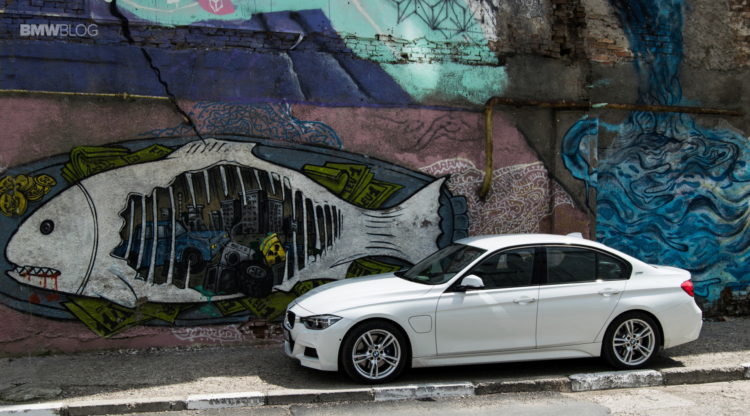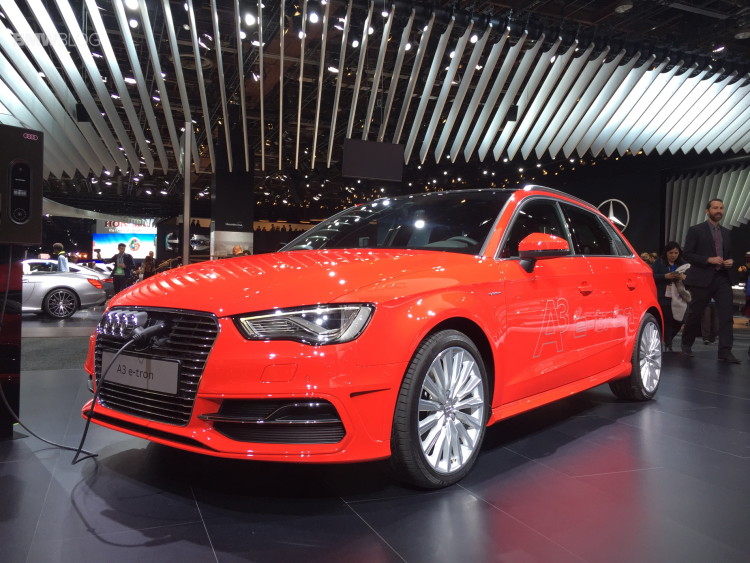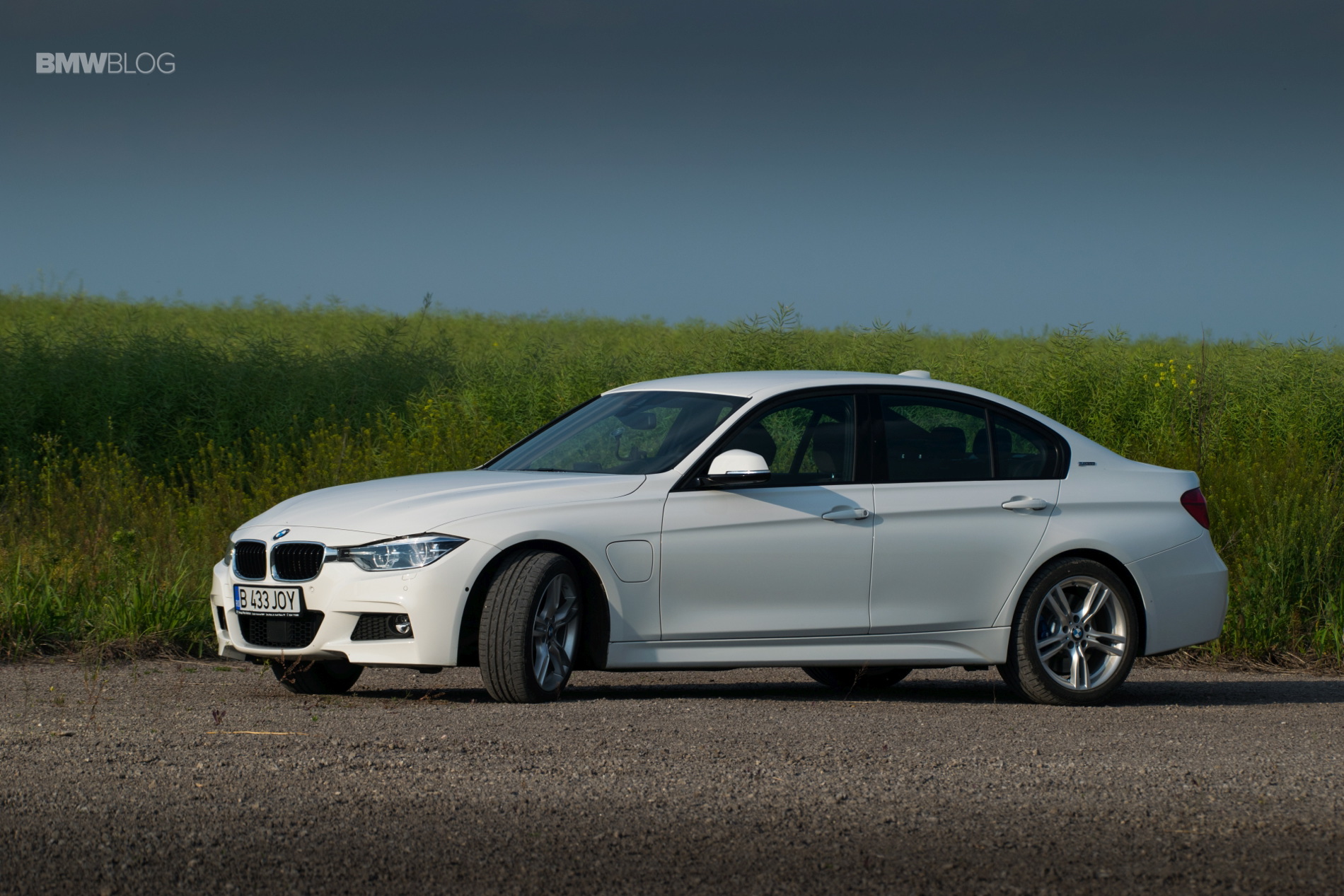The battle of the hybrids sounds a lot less exciting than the Clash of the Titans but more important for our era and it’s exactly what happened at Autocar. Some of the most important hybrids on the market go head-to-head in this latest test to see which is the best overall car, taking efficiency, technology and driving dynamics into consideration. The four cars in the test are the BMW 330e iPerformance, Audi A3 e-tron, Volkswagen Passat GTE and the Volvo V60 D5 TwinEngine.
Despite being the oldest car platform in the test, the Volvo V60 TwinEngine has the most interesting plug-in hybrid setup. The Swede is the only car in the test to have a fully independent electric axle, as its rear axle is run by an electric motor and battery through its own gearbox. This rear electric motor can power the car independently of the diesel engine up front or work with it. The motor on its own makes 67 hp and when combined with the engine, the Volvo makes 228 hp and 457 lb-ft of torque. It gets from 0-60 mph in 6.9 seconds and gets a combined 156.9mpg. It also has the furthers pure electric range in the test, with 31.1 miles thanks to its 11.2 kWh battery, which is also biggest in the test.

For the BMW 330e, it gets a 2.0 liter turbocharged four-cylinder engine up front with an 87 hp electric motor that drive an eight-speed automatic. We’ve driven the BMW 330e, as well as the other iPerformance hybrids, and are used to their charms. The switch between gas and electric is seamless, with only the tachometer giving the switch away. With both powertrains running, the BMW 330e can get from 0-60 mph in 6.1 seconds, fastest in the test, thanks to its 249 hp and 310 lb-ft of torque. When running on pure electricity, it can go 23 miles thanks to its 7.6 kWh battery. Its combined fuel economy is 148.7mpg, which isn’t bad but not as good as the Volvo’s.
Volkswagen’s Passat GTE is the largest car in the test and is tied for the slowest. But it’s also tied for the smallest combustion engine, so it makes sense. Its 1.4 liter turbocharged four-cylinder engine is paired with an electric motor to make a combined 215 hp and 295 lb-ft of torque. All of that is sent through a six-speed dual-clutch gearbox and can get the Passat GTE from 0-60 mph in 7.6 seconds, tied with the Audi A3 e-tron. Its 9.9 kWh battery can give the big VW a 31 mile range and its combined fuel economy is 166.0mpg, which is the second most in the test.

The Audi A3 e-tron uses the same 1.4 liter engine as the Passat, but equipped with a different, less powerful electric motor. So the combined power is 201 hp and 258 lb-ft of torque and gets the smallest car in the test from 0-60 in the same 7.6 seconds as the biggest car. It also has a pure electric range of 29.8 miles from its its 8.8 kWh battery and gets 166.2 mpg combined. We’ve driven the A3 e-tron as well and it’s unfortunately not one of Audi’s best driving cars. It feels heavy for such a small car and lacks any sort of precision you’d expect from Audi.
But, beyond the numbers, how do these cars actually drive? According to Autocar, the BMW 330e is the best car to drive. It’s the fastest car in the test, has the smoothest powertrain and is the most enjoyable car to drive. In fact, they even go as far as to say that the 330e is the best driving 3 Series on the market.

While all are impressive cars that have great powertrains and efficiency, the BMW 330e is the only car in the test to combine that with genuinely fun driving dynamics. So, according to Autocar, the BMW 330e is the best car in the test.
[Source: Autocar]





































































